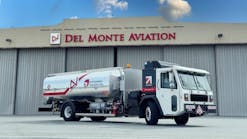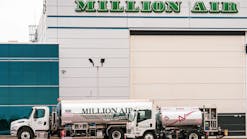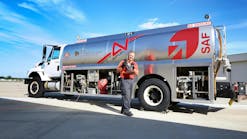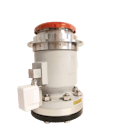Environmental Liability Considerations for FBO Operators
Environmental issues relating to fuel contamination have become an increasingly important issue of which FBOs must be aware when leasing space at an airport. Airport lease agreements, more often than not, will include a clause stating that the FBO is solely responsible and fully liable for any and all fuel leaks or spills, as well as any damage resulting from same. Many lease agreements also include indemnification clauses requiring FBOs to hold harmless and indemnify the airport, the city, the county, or any other governing entity, thereby effectively releasing these parties from liability for the FBOs’ tenants’ spills, and perhaps even spills that originate elsewhere on the airport property and migrate onto or under an FBO’s leasehold. As fuel spills and leaks are a very real possibility, whether on an FBO’s own leasehold or elsewhere at an airport, there are some important steps FBOs need to take to minimize their legal liability.
Establish a Baseline for Contamination
Prior to signing a lease at an airport, familiarize yourself with the history of the airport. Specifically, research for what purpose(s) the land has been used in the past and whether there have been any previous fuel spills or other potential sources of contamination. The FBO should also conduct testing of the underlying ground to establish a baseline contamination level with respect to its leasehold. This is of particular importance because, if contamination is present, being aware of same will allow the FBO to disclaim liability for any pre-existing conditions rather than being liable for contamination the FBO did not cause. If pre-existing contamination is present and not documented and disclaimed by the FBO at the outset of a tenancy, it is possible that the FBO could be liable for the costs associated with remediation of same, including, at a minimum, tearing up existing pavement and ramp surfaces, removal and replacement of contaminated soil, replacement of pavement and ramp surfaces, and potentially event costs associated with remediation of any contamination of ground water flowing under the leasehold.
Know the Environmental Conditions Adjacent to the Leasehold and the Airport
Underground contamination is a moving target, particularly if there is water flowing under a leasehold. Therefore, it is important to be aware of the waterflow patterns under your leasehold (if any), the environmental conditions surrounding your leasehold and the airport, and to be cognizant of whether those activities can impact your baseline contamination level. It is possible for the FBO leasehold to test above its initial baseline level of contamination through no fault of the FBO if underground contamination should spread to the land leased by the FBO from an adjacent leasehold or property adjacent to the airport. To this end, FBOs should consider establishing a periodic audit with respect to its own potential sources of contamination, as well as those potential sources external to it. FBOs should document identifiable fuel spills and contamination events on adjacent properties and, if and as required, undertake interim monitoring to determine if same impact the soils and ground waters under their own leaseholds.
Have a Written Fuel Spill Response Procedure in Place That is Consistent With Environmental Regulations
An FBO that deals with fuel in any capacity, whether offering its own fueling services, or allowing aircraft to be fueled on its ramp, needs procedures in place to address fuel spills. Knowledge of the local environmental regulations and compliance with same can protect the FBO from additional penalties and fines when a spill occurs. The FBO should have a written fuel response plan that is consistent with the local environmental regulations with respect to reporting requirements, immediate clean-up and remediation, and post-incident monitoring. Lack of or insufficient environmental response procedures can expose the FBO to additional governmental penalties. Further, improper waste handling, storage and disposal can result in regulatory fines, as well as negative publicity for the FBO.
Limit Liability to Contamination You Cause
When negotiating the lease, limit your liability to the contamination you cause. Provide the airport with the results of the baseline testing in order to disclaim contamination caused by a previous tenant. Further, establish procedures for tracking the contamination you cause. In addition to the tracking your own contamination, FBOs should monitor changes on the airport as well as any other fuel spills of which it becomes aware. Depending on the timeframe of the lease, the FBO may want conduct additional testing to establish new baseline contamination levels and/or monitor the impact of events elsewhere on the airport with respect to its own leasehold.
Carefully review the lease agreement for all liability provisions relating to contamination. If these liability provisions are present, follow the above-mentioned guidelines in order to reduce your liability as much as possible. Finally, make sure your insurance policy covers fuel spills, as well as cleanup and treatment.





